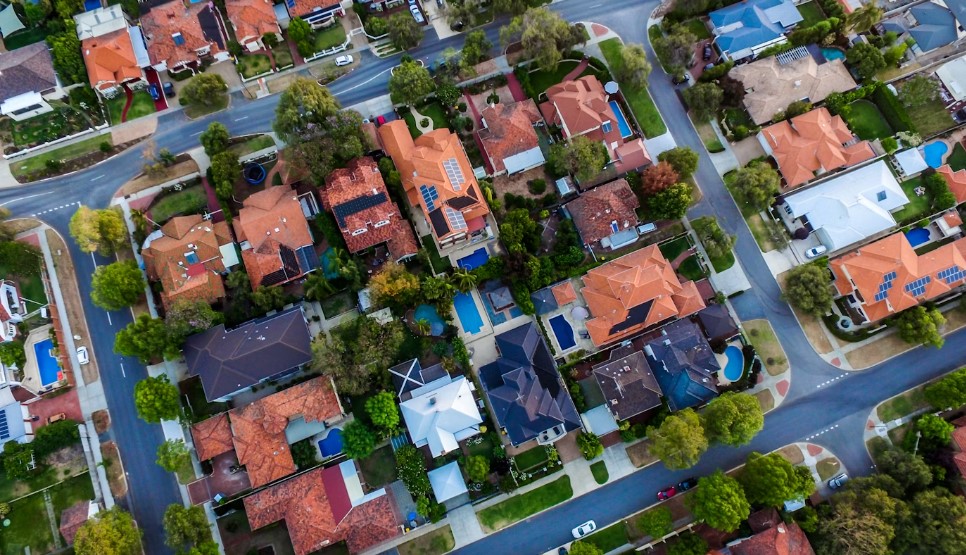FTTH in Europe: Competing for Subscribers in an Oversaturated Market
The European fiber-to-the-home (FTTH) landscape has entered a phase of intense competition and operational complexity. As networks expand across urban and rural areas, service providers now face a critical challenge: how to remain the preferred choice of subscribers in an environment where multiple operators often coexist within the same geographic footprint.
While price-driven strategies may yield short-term results, the long-term sustainability of such models is increasingly under pressure. In this context, operators must rethink how they define value — not just in terms of price, but in service quality, network stability, customer experience, and environmental responsibility.
Market Saturation and the Dilemma of Differentiation
Across Europe, major cities and even smaller towns are already well-covered by FTTH networks. In many locations, end-users have access to three or more providers, resulting in a hyper-competitive environment. This high level of service overlap often leads to customer churn, pricing pressure, and infrastructure redundancy — with multiple parallel networks running through the same streets and buildings.
For providers, this raises two critical issues:
1. Acquisition and retention costs are increasing, as promotional offers, loyalty incentives, and technical upgrades are used to attract and retain users.
2. Return on infrastructure investment is declining, especially in areas where network usage remains below initial forecasts due to market oversupply.
While competition theoretically benefits consumers, it places significant strain on operators attempting to maintain profitability and service quality.
The Access Layer: The Critical Frontline
A key focal point in this scenario is the subscriber access layer — the final segment of the network that connects the distribution infrastructure to the user premises. This component, often overlooked in strategic discussions, is in fact central to service quality and customer satisfaction.
Network designs typically assume certain occupancy rates, but in saturated markets, supply often exceeds demand. This dynamic leads to underutilized capacity, frequent customer turnover, and — increasingly — a race to reduce costs in deployment and maintenance.
Unfortunately, this has led to a visible decline in the quality of materials used in subscriber connections. Lower-cost optical cables, connectors, and terminal devices are increasingly common, leading to higher failure rates, service interruptions, and degraded user experience.
Sustainability Concerns: The Cost of Churn
Frequent subscriber switching — often encouraged by promotional pricing — is also contributing to an emerging issue: e-waste and material disposal. Optical drop cables,
connectors, and customer premises equipment (CPE) are frequently replaced with every provider change. In the absence of circular practices or proper recycling, this trend raises environmental and regulatory concerns, particularly in markets with ambitious climate targets.
This growing churn rate, combined with mounting pressure to minimize operational expenditure (OPEX), presents a serious challenge to the long-term sustainability of the FTTH model.
Value Beyond Connectivity: The Shift to Service-Centric Models
In response, many operators are pivoting toward value-added service strategies that go beyond pure connectivity. These include:
· Bundled streaming services and entertainment content
· Integrated smart home solutions
· Enhanced customer support and service guarantees
· Flexible multi-device connectivity and parental control features
· Security and privacy tools tailored for residential and business users
These efforts are designed to reduce churn, improve margins, and create a differentiated brand perception. However, success in this model requires significant investment in customer education and service integration — elements that are often outside the traditional skill set of infrastructure-focused providers.
Strategic Questions for a Maturing Market
As FTTH continues to expand across Europe, service providers and stakeholders must confront fundamental strategic questions:
· Can premium digital services retain subscribers if network reliability is compromised by cost-cutting?
· How can the industry align growth with sustainability goals, particularly regarding material usage and disposal?
· What defines real value in the eyes of the customer — and how can that be delivered at scale?
The answers to these questions will shape the next phase of the FTTH industry’s evolution. Price will always be a factor, but lasting differentiation will depend on a provider’s ability to deliver meaningful, consistent, and sustainable value to the end-user.
